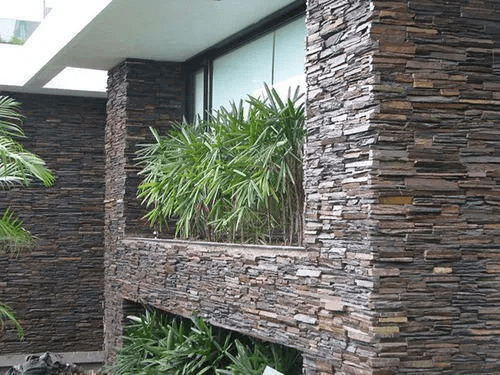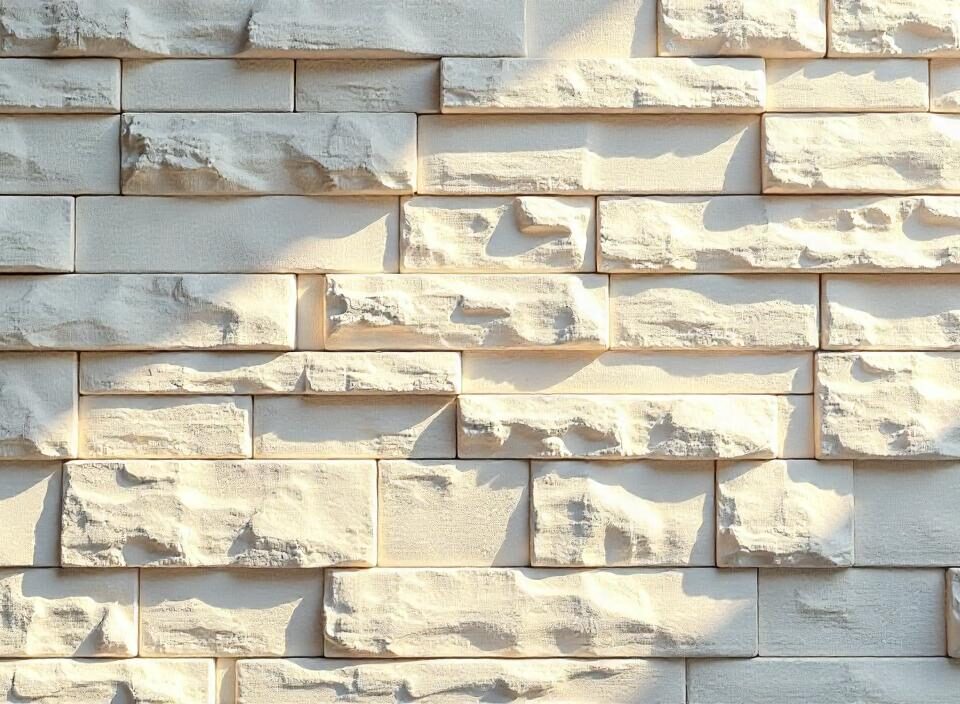Stone Wall Cladding Installation Guide
Stone wall cladding looks excellent in most interiors and with the right design, can turn your room into a timeless piece. If you’re looking to improve the interior of your home or even if you want to create a better first impression on the outside, stone cladding is perfect and very beautiful. This guide will help you to complete the Natural Stone Wall Cladding installation correctly and properly so you can feel proud of the work you’ve done.
- Stone facing panels or stones
- Mortar (or bonding material for interiors)
- Trowel
- Spirit level
- Measuring tape
- Angle grinder or wet saw
- Wire brush
- Screws and bolts (for jointing)
- Waterproofing membrane for exterior walls
- Primer or bonding agent
- Grout
- Sponge and bucket
Step 1: Preparing the Wall Surface
The first and most important stage of solving the problem with stone cladding is wall preparation. Ensure that the wall is clean, dry, and free from dust. If you're working with an exterior wall, look for cracks and fill them before applying the cladding. For interior walls, cleaning dust off the surface is essential. A primer or bonding agent is recommended if the surface is smooth. For exterior walls, a waterproof layer is recommended to protect against moisture damage.
Step 2: Planning the Layout
Plan the layout of the stone cladding before you begin. Take measurements of the wall surface and arrange your cladding panels or tiles on the ground to visualize the final look. This ensures even distribution of the stones, preventing unnecessary cuts. Spread out the rings, and mix the shapes and sizes randomly to achieve a more natural look.
Step 3: Mixing the Mortar or Adhesive
For exterior stone cladding, a mortar mix is preferred for its sturdiness. Follow the manufacturer's directions for the right mortar consistency. For interior walls, a tile adhesive may be used for heavy stone tiling. Always prepare small batches to avoid drying up before application.
Step 4: Securing the Second Skin or Fixing the Finishing Cladding
Start at the bottom of the wall, applying mortar with a trowel and placing the first stone panel in place. Use a spirit level to ensure horizontal alignment. Continue fitting the stone panels across the wall, ensuring they are well-aligned. For large stones or exterior installations, mechanical fastening with screws and anchors may be necessary.
Step 5: Grouting and Finishing
Once the cladding is securely installed, apply grout that matches the stone color to fill the gaps. Spread it evenly with a grout float and wipe away excess grout with a damp sponge. Be sure to clean the surface before the grout dries to avoid residue.
Step 6: Sealing the Stone Cladding
After the grout has set, apply a stone sealer to protect the cladding from moisture, dirt, and weather damage. Always follow the manufacturer's instructions for the best results.
Tips for Success
- Work in small sections to prevent the mortar from drying too quickly.
- Use spacers for uniform gaps, especially if using uniformly sized stones.
- Wear goggles and gloves when cutting stones and use an angle grinder or wet saw for precision cuts.
- Ensure the wall is dry before applying cladding to ensure proper bonding.
Conclusion
Erecting stone cladding on a wall enhances the look of any area, creating a natural aesthetic. By following these steps and using the correct tools and materials, you can achieve a professional, long-lasting finish. Stone cladding is a great way to improve the appearance of your home, and at The Stone Evolution, we pride ourselves on offering the best in stone cladding products.


